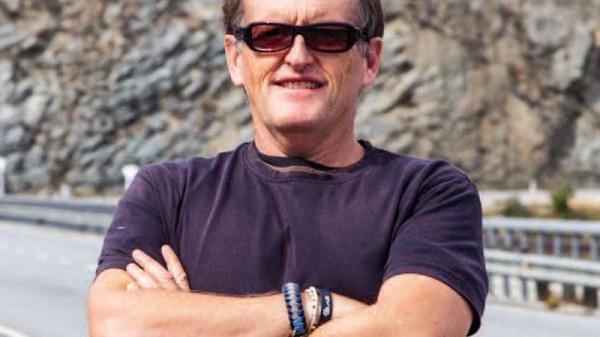
For those who haven’t spent their life affecting supply and demand’s physical interactions, the term staging lane denotes the area of a freight terminal where product is assembled by specific criteria, ready for its next movement. The globe’s politicians are about to understand the concept of the staging lane with great clarity.
For all those who attended the IAA Transportation show in Hanover, Germany, this year, the message was patently clear – the propulsion mechanisms we use to deliver land-based transport are being transformed. At least it is in terms of the OEMs’ responses to challenges laid at their doorsteps over the past decade by societies, and therefore governments, around the world. But like the movement of freight through a supply chain, theirs is only a component of the gargantuan task we face.
Speaking to a round table event, head of truck technology at Daimler Truck AG, Dr Andreas Gorbach, said, “We are step by step electrifying our portfolio. By 2025-26 we will have all relevant trucks, every niche application electrified, and then we add hydrogen. We do believe the limiting factor in speed and volume will not be the product portfolio anymore, you can see that at IAA. The dominating factor will be infrastructure and the question, is there a total cost of ownership case for customers? Which very much depends on the price of electricity, the price of hydrogen, and the price of diesel, and tolls.
“A couple of years ago people were saying to us, ‘gosh you guys you have to get started’. From a product side, the trucking industry will not be the limiting factor anymore. We will have the ability to walk the same pace as the infrastructure and the TCO case for the customers.”
Dr Gorbach said he was worried about the speed of infrastructure change not happening quickly enough to meet the Paris accord, which could see a position in the future where customers can’t buy alternative propulsion trucks because of infrastructure shortfall, and OEMs can’t sell them a diesel because the penalty costs are too high.
He said the Daimler and Traton initiative that will see almost 2,000 BEV commercial vehicle charging stations installed around Europe is nowhere near what is needed, and only government policies, investment, and incentives can ensure an energy transition on the scale required.
Spoken half a world away, yet words that apply as much here as they do in Europe. Granted we may largely be off the hook in terms of providing green energy for ourselves; Germany for instance imports 70% of its energy requirements according to Dr Gorbach, and would need 30 of the largest nuclear power stations in the world in order to reach equilibrium.
Saying and doing are two entirely different things, and while turning ‘can’ and ‘could’ into ‘doing’ and ‘did’ are not necessarily the foray of politicians historically. Providing the framework that allows the ‘doers’ to ‘do’, is.
A wave of new, capable, more cost-effective hardware is far closer than the average Kiwi thinks. However, the next stage in the globe’s transition to emissions free, sustainable transport now lies with governments of the world.
Undelivered freight in a staging bay is merely junk, as is a BEV or hydrogen vehicle with a non-existent supporting infrastructure.
The OEMs have done and are doing their bit. The hardware is rapidly arriving in the global environmental staging lanes. They’ll soon be waiting for the rule makers to create the environment that will allow them to move to the next stage. The call to action is almost entirely on them now.
All the best
Dave McCoid
Editorial Director
Read more
Pouring concrete
0 Comments5 Minutes
What’s going on?
1 Comment4 Minutes




